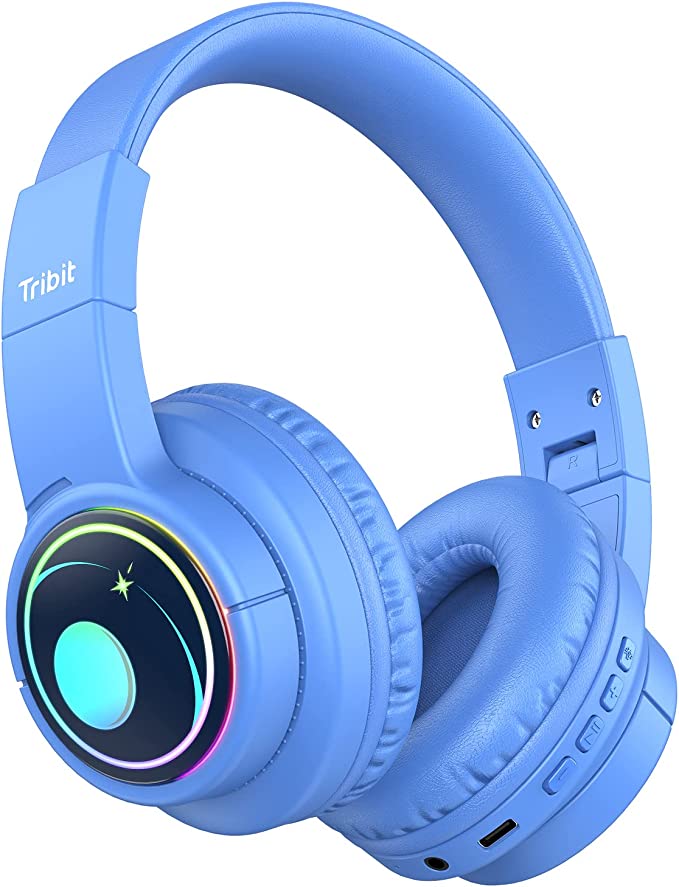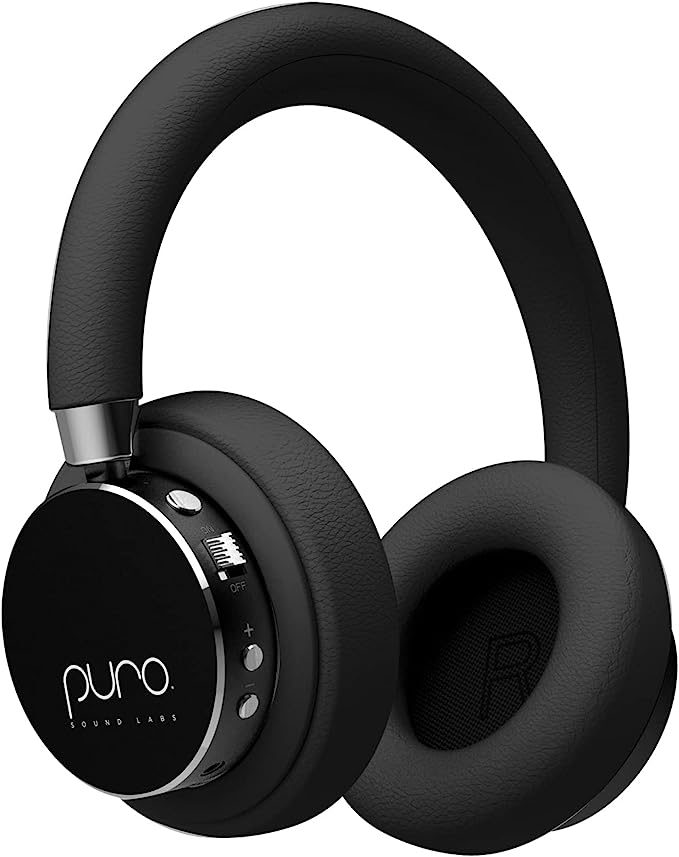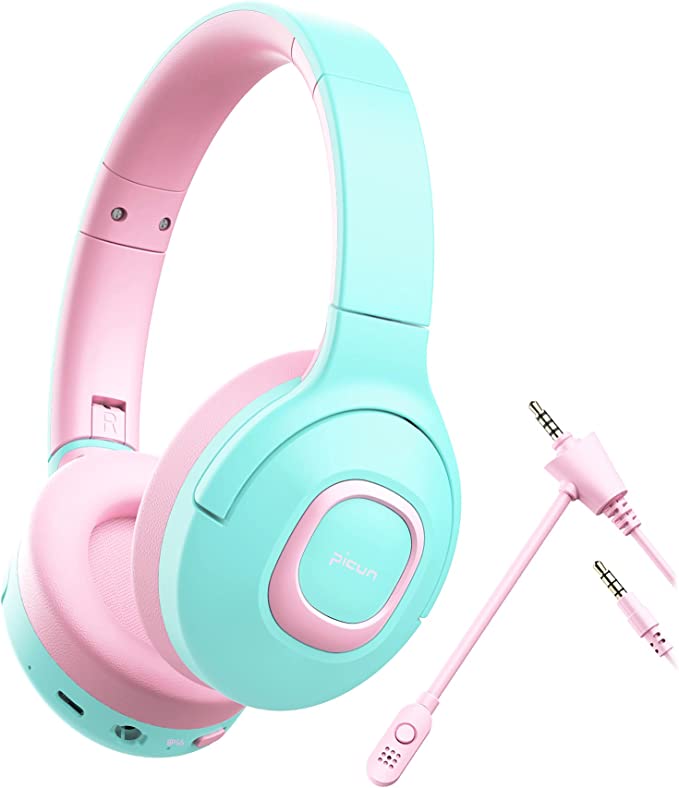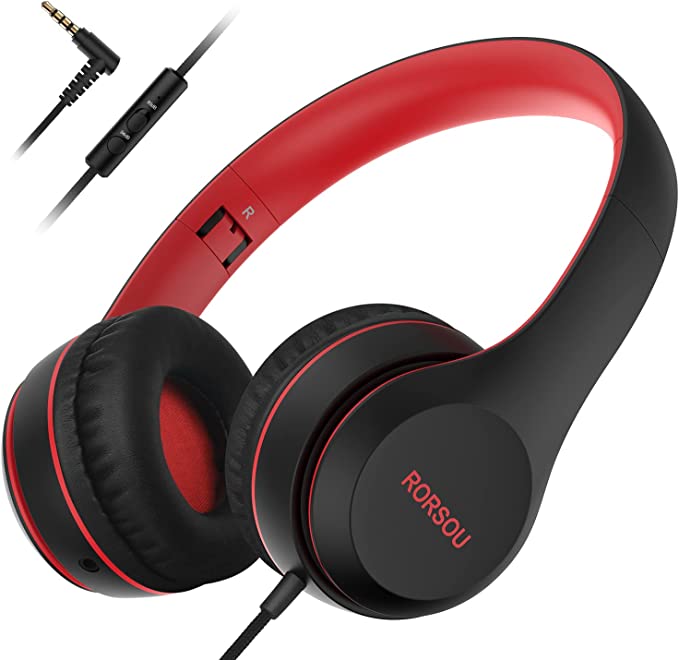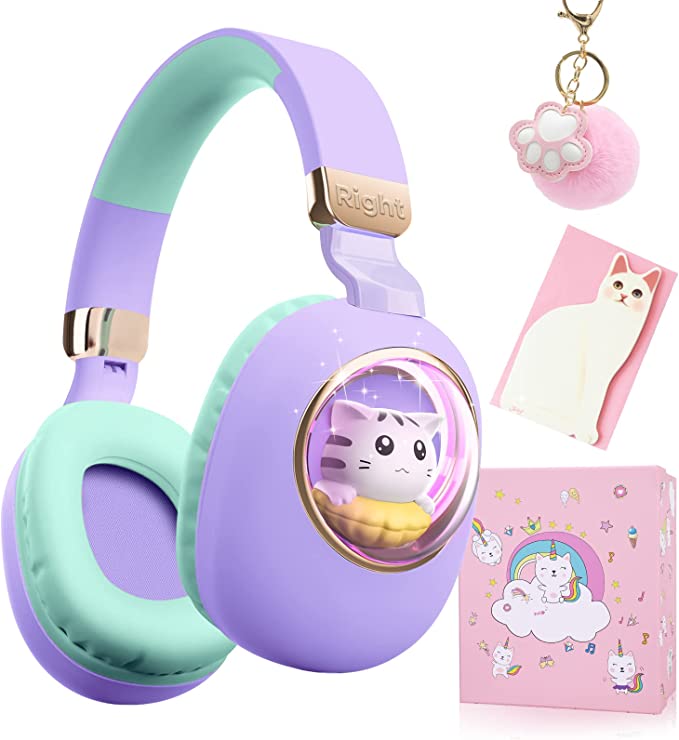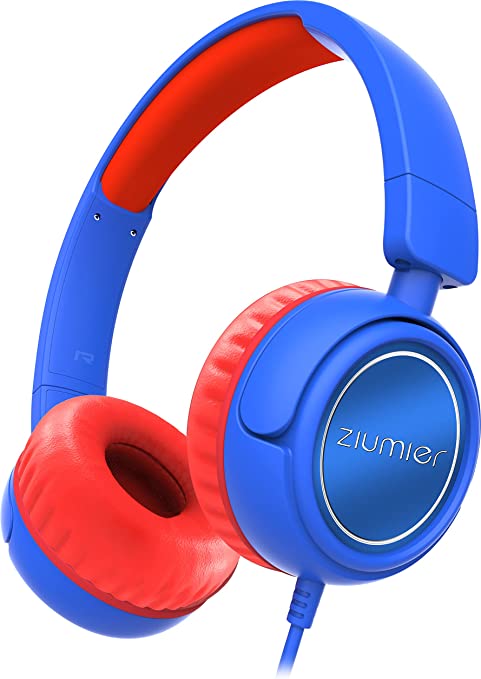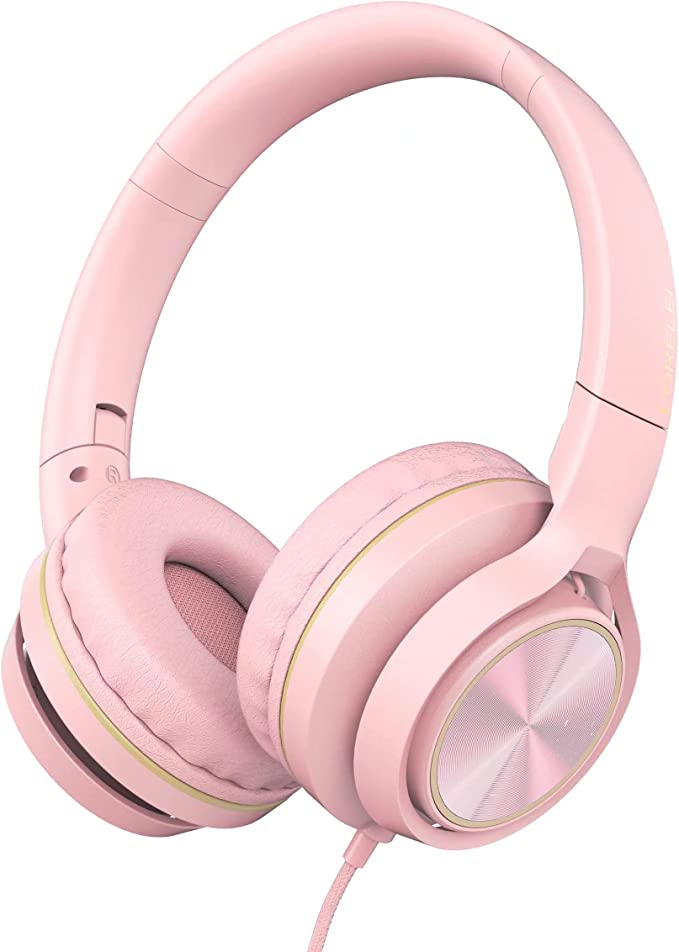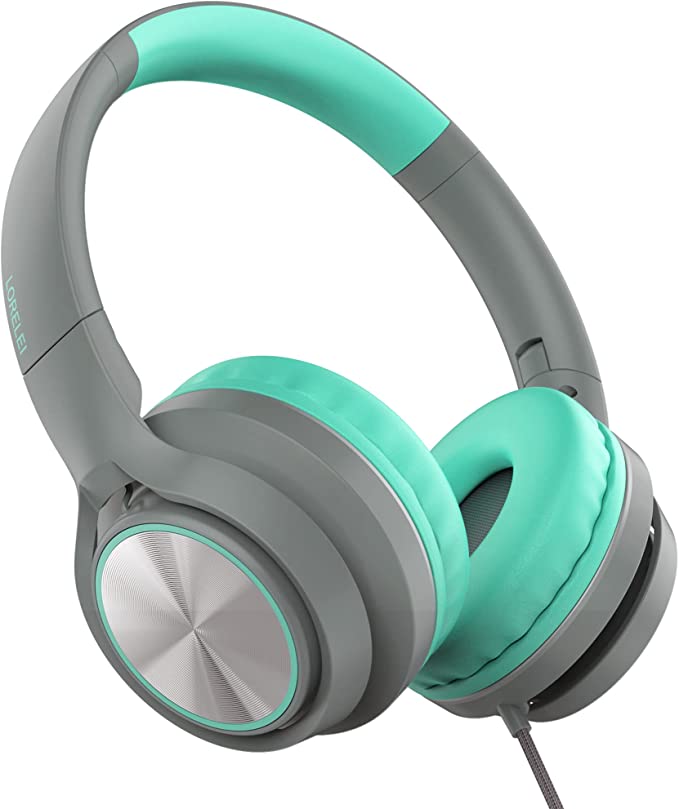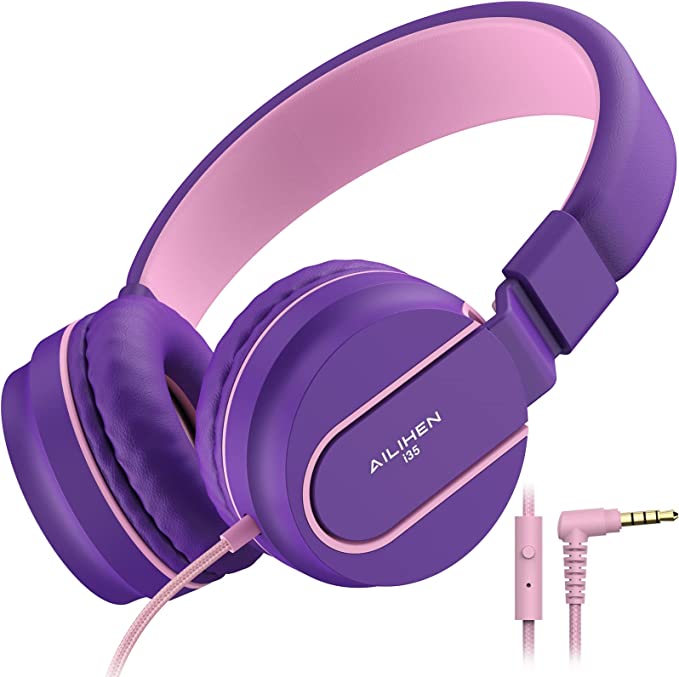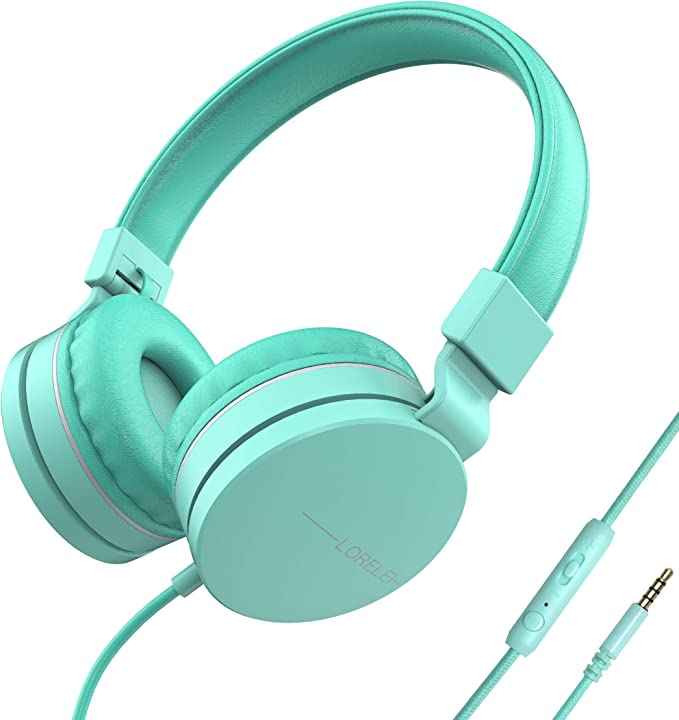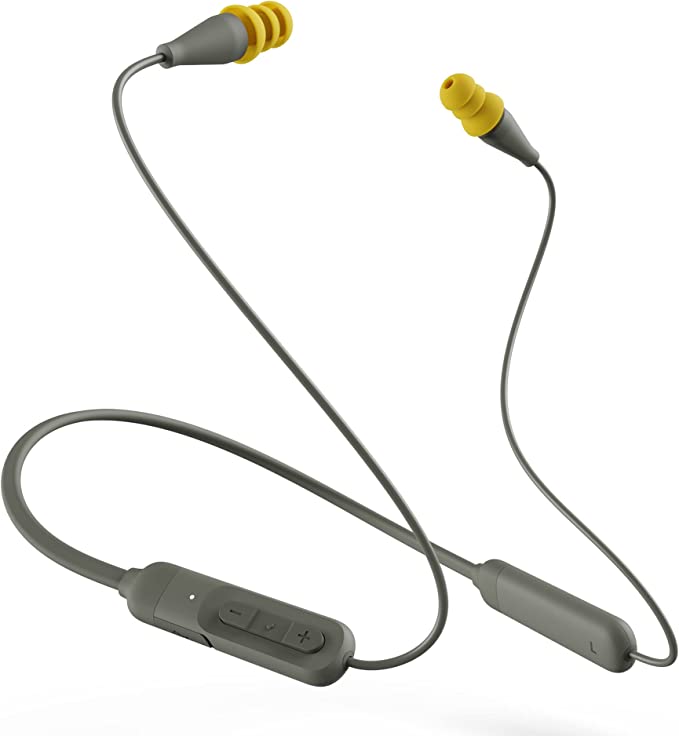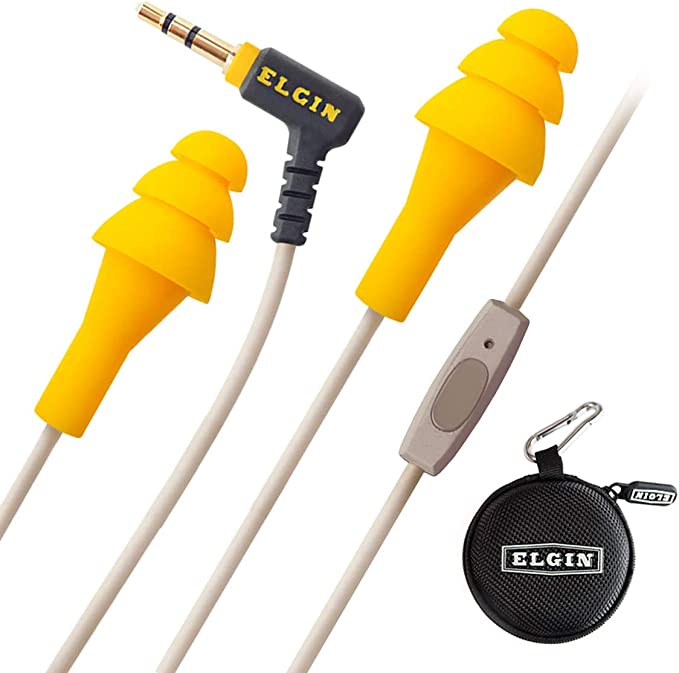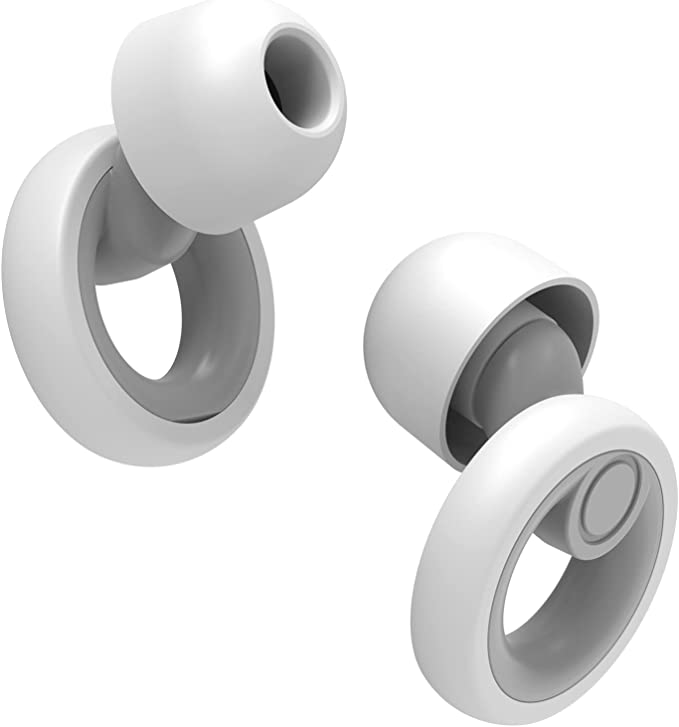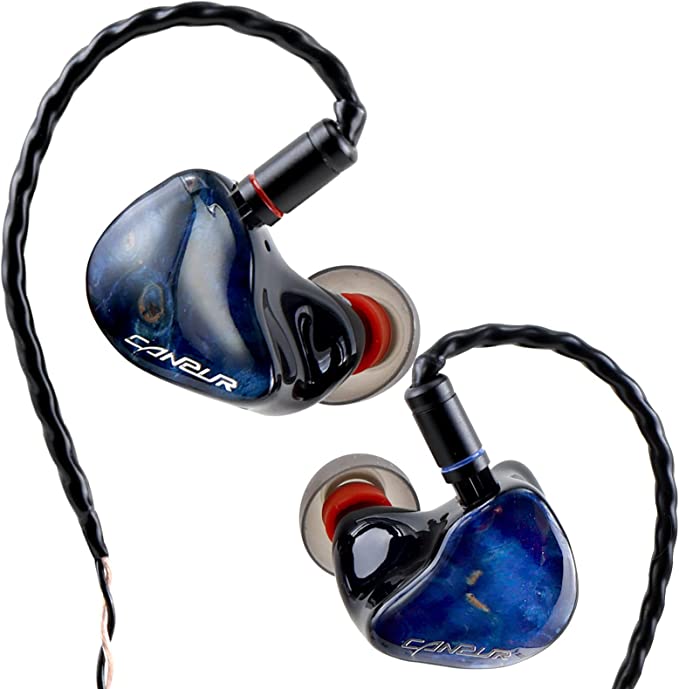ELECDER S8 Kids Wired Headphones: Comfortable Cushions Protect Hearing
Update on June 27, 2025, 7:56 a.m.
It was a Tuesday afternoon when seven-year-old Leo and his mother sat in my audiology clinic. Leo was a bright, energetic boy who loved his dinosaur videos and building elaborate worlds on his tablet. His mother was worried. His teacher had mentioned he was having trouble following instructions, often asking “what?” from the back of the classroom. The hearing test confirmed our fears: Leo was showing the distinct pattern of early-stage, high-frequency Noise-Induced Hearing Loss (NIHL). The cause was almost certainly the volume on his beloved tablet headphones, consistently turned up too high for too long.
Leo’s story is not an anomaly. It is a quiet but rapidly growing epidemic. The World Health Organization (WHO) warns that over a billion young people worldwide are at risk of irreversible hearing loss due to unsafe listening practices. As a pediatric audiologist, I see the evidence in my clinic every week. The very technology that opens up worlds of learning and entertainment for our children can, if unmanaged, silently steal from their future. But this is not a story of fear; it’s a call for awareness and a guide to empowerment. Because this damage is almost entirely preventable.

Your Child’s Acoustic Budget: The Most Important Allowance You’ve Never Heard Of
To understand the solution, we must first grasp the problem. I encourage parents to think of hearing health in terms of a daily “Acoustic Budget.”
Imagine the delicate, microscopic hair cells inside your child’s inner ear (the cochlea) are like a finite number of pristine blades of grass. When sound waves enter the ear, these cells bend, converting vibrations into electrical signals the brain interprets as sound. Loud sounds are like heavy footsteps, flattening the grass. If the footsteps are brief and light, the grass can recover. But loud, prolonged exposure is like a constant, heavy trampling, permanently damaging these delicate cells. And once they are gone, they do not grow back.
The currency of this budget is the decibel (dB), a measure of sound intensity. Global health bodies like the U.S. Centers for Disease Control and Prevention (CDC) and WHO have established a gold standard for our daily acoustic budget: exposure to 85 dB for a maximum of eight hours. This is the sound level of heavy city traffic. For every 3-decibel increase, the safe listening time is slashed in half. A sound at 91 dB, just slightly louder, exhausts the entire daily budget in only two hours. At 100 dB, the level of a subway train, damage can occur in as little as 15 minutes.

An Engineer’s Dilemma: A Headphone That Understands the Real World
This is where thoughtful technology can become a parent’s most valuable ally. Simply telling a child to “turn it down” is often not enough. A well-designed device, like the ELECDER S8 Kids Wired Headphones, acts as an automatic budget manager. But its true intelligence lies not in a single, rigid limit, but in its understanding of a child’s varied acoustic world. It offers a dual-mode system, a sophisticated answer to a complex problem.

The 85dB Guardian: The Daily Savings Plan
This is the default, everyday safe mode. When switched to 85 dB, the headphones’ internal circuitry acts as a steadfast guardian, refusing to let the volume exceed the globally recommended threshold for all-day listening. This setting is the “automatic savings plan” for your child’s acoustic budget, perfect for quiet environments like doing homework at the kitchen table, listening to an audiobook in the car, or during a focused online class. It provides peace of mind, knowing that even if your child maxes out the volume slider on their device, they are still operating within a scientifically safe limit.
The 94dB Traveler: The Planned Budget Withdrawal
Herein lies the design’s brilliance. Why would a “safe” headphone need a higher, 94 dB limit? The answer is physics, specifically the concept of signal-to-noise ratio. Imagine being on an airplane, where the cabin’s ambient roar is already around 85 dB. An audio signal limited to 85 dB would be completely masked by this background noise, making a movie’s dialogue unintelligible and frustrating.
The 94 dB mode is the “planned withdrawal” from the acoustic budget, designed specifically for these short-term, high-noise environments. It provides the necessary clarity to overcome the ambient sound. However, as we know from our budget rules, this comes at a cost. According to NIOSH (The National Institute for Occupational Safety and Health), the safe listening time at 94 dB is approximately one hour. This feature transforms the parent from a simple rule-setter to an informed guide. It’s a tool for specific situations, to be used with the explicit understanding—and supervision—that it’s for the duration of the flight, not the entire vacation.

More Than a Mute Button: A Toolkit for Conscious Listening
True auditory health isn’t just about limiting volume; it’s about fostering a healthy relationship with sound. The ELECDER S8’s design incorporates features that support this broader goal.
The Acoustic Shield: A Fortress of Quiet
The plush, on-ear cups do more than provide comfort. They create a physical barrier to external sound, a principle known as Passive Noise Isolation. Think of it as putting on a cozy winter hat in a light breeze. By muffling the distracting sounds of the outside world, it reduces a child’s subconscious urge to crank up the volume just to hear their content. This simple physical design is a powerful behavioral nudge toward safer listening levels.
The Bridge, Not the Island: An Invitation to Share
Perhaps the most thoughtful feature is the Share Port. In an age where technology can often create digital islands, isolating individuals in their own bubble of content, this simple 3.5mm output jack is an engineered bridge. It allows a second pair of headphones to plug in, transforming a solitary activity into a shared experience. It’s a tool for co-listening to a story with a sibling or sharing a new favorite song with a friend, subtly teaching collaboration and connection.

Your Role as the Chief Financial Officer of Hearing
No piece of technology, no matter how clever, can replace the role of an engaged parent. A device like the ELECDER S8 is an exceptional tool, an “acoustic toolkit” for managing your child’s auditory health. But you are the Chief Financial Officer of their lifetime hearing budget.
Use these tools wisely. Teach your children the concept of a “sound diet.” Set clear family rules about when the 94 dB mode can be used. Most importantly, model healthy habits yourself. Let them see you choosing quiet, taking breaks from noise, and valuing the richness of the world’s natural sounds.
Protecting your child’s hearing is not about instilling fear of sound. It is about giving them the enduring gift of experiencing it in all its fullness—the whisper of a secret, the swell of an orchestra, the joyous shout of a friend, the quiet hum of a peaceful evening—for their entire life. That is a budget worth managing.

